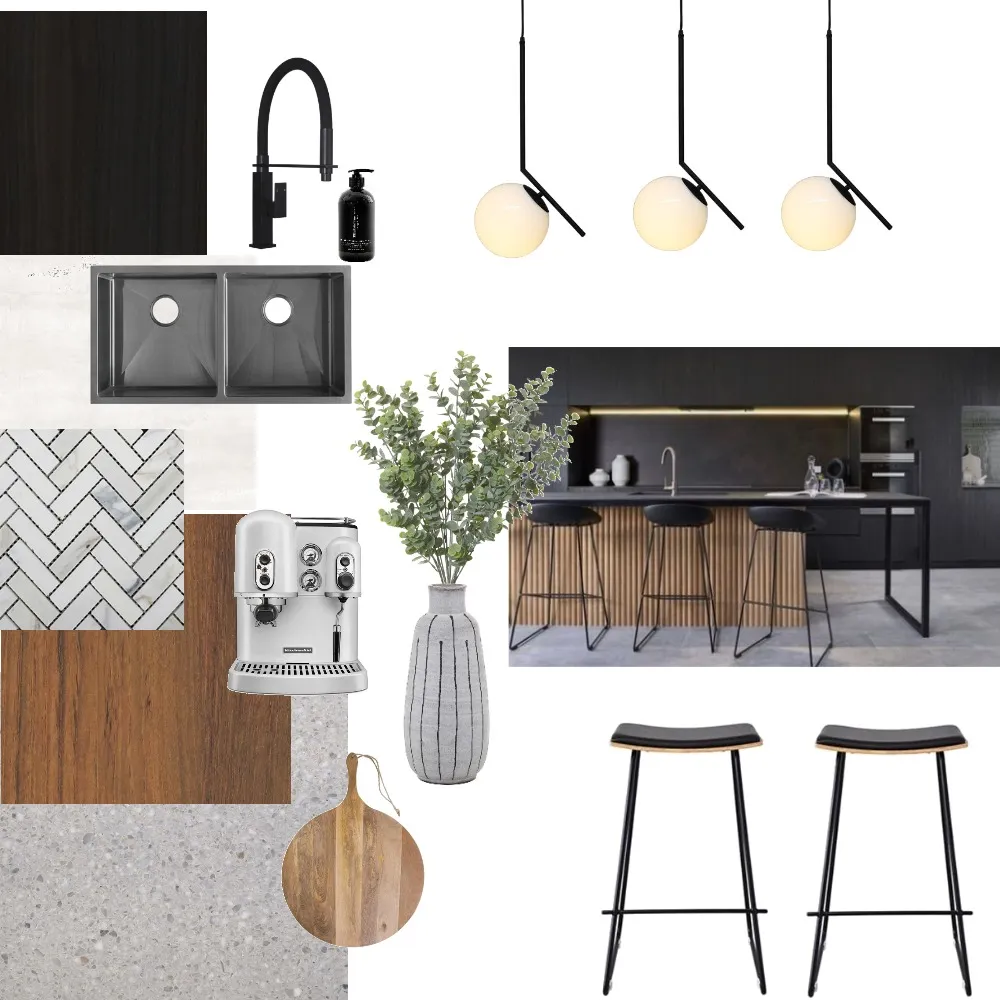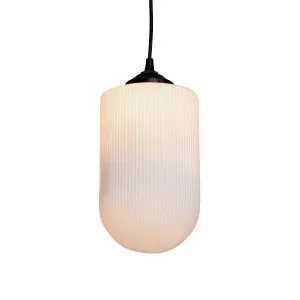Ideas
7 Tips to Make Your Rooms Flow with a Cohesive Design
Have you ever wondered how interior designers manage to create this sense of flow; where each room stands out, but connects with one another? Often rooms are designed with a single, central idea, giving them a unique feel. But if each space becomes too unique, your house may end up feeling a little cluttered. We’re exploring the top tips interior designers consider when creating a cohesive space. So, come with us as we discover just how to make each room flow.
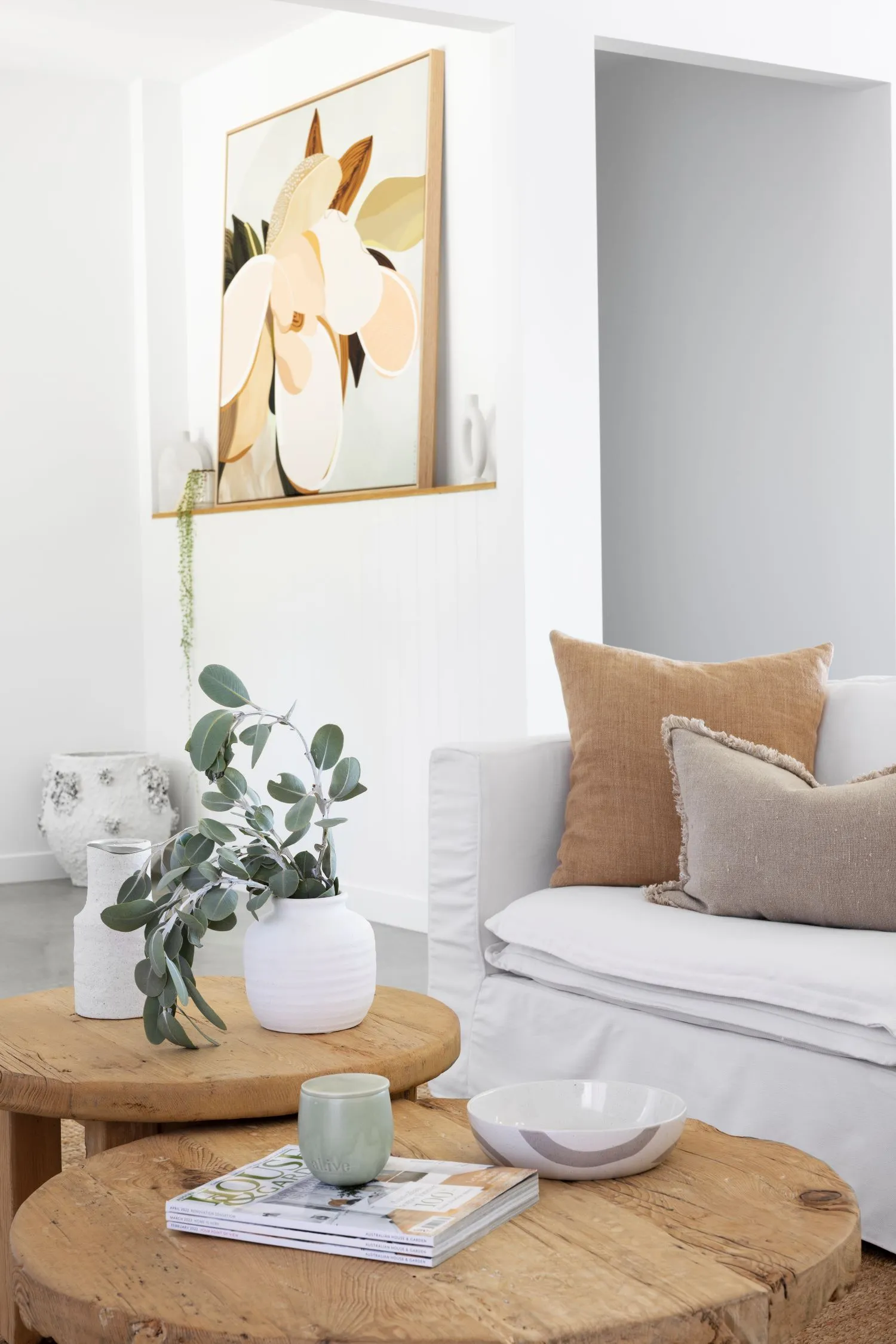 Image Credit: @mulberry_manor | Villa Styling
Image Credit: @mulberry_manor | Villa Styling
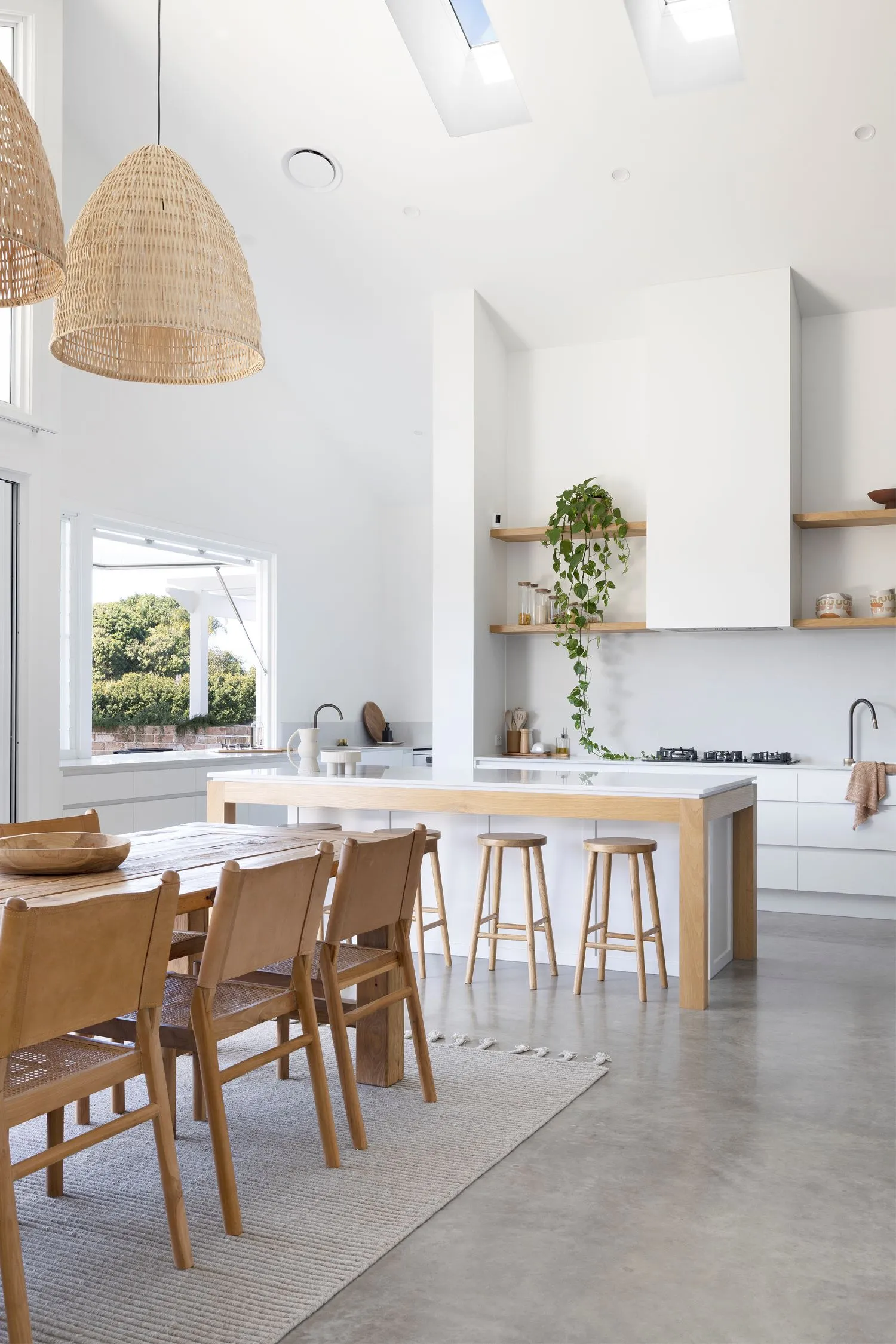 Image Credit: @mulberry_manor | Villa Styling
Image Credit: @mulberry_manor | Villa Styling
1. Choose a Colour Palette
A complete colour palette ensures every room looks cohesive. Before you start designing, you should create a palette that includes:
A Neutral Base
Your neutral base is the backdrop for you to build on and add to. Use a colour that brightens up the space, like white, beige, or even light greys. Apply this colour to your largest surfaces, such as your walls, flooring, seating, and bedding. To add interest, you can pair it with an alternative shade, combining warm tones with warm neutrals, and cool tones with cool neutrals. For walls, we’re loving Dulux Whisper White, it’s a timeless colour perfect for any room.
An Accent Colour
Your accent colours are where you spice things up. Use an accent colour to add a touch of flair to your home. Choose a colour you love that’s vibrant and bold. Add it to throw pillows, rugs, lamps, sofas, and chairs to add interest to each room. Don't over-concentrate the colour in one spot in your room since that can detract from its cohesive look.
Complimentary Colours
Colours that compliment your accent colour are great at ensuring that your rooms don’t become bland. The best place to start is by using different shades of your existing accent colour. Alternatively, you can use a colour wheel to find other complementary colours. The key to making this work is to ensure that you use these colours consistently across your home.
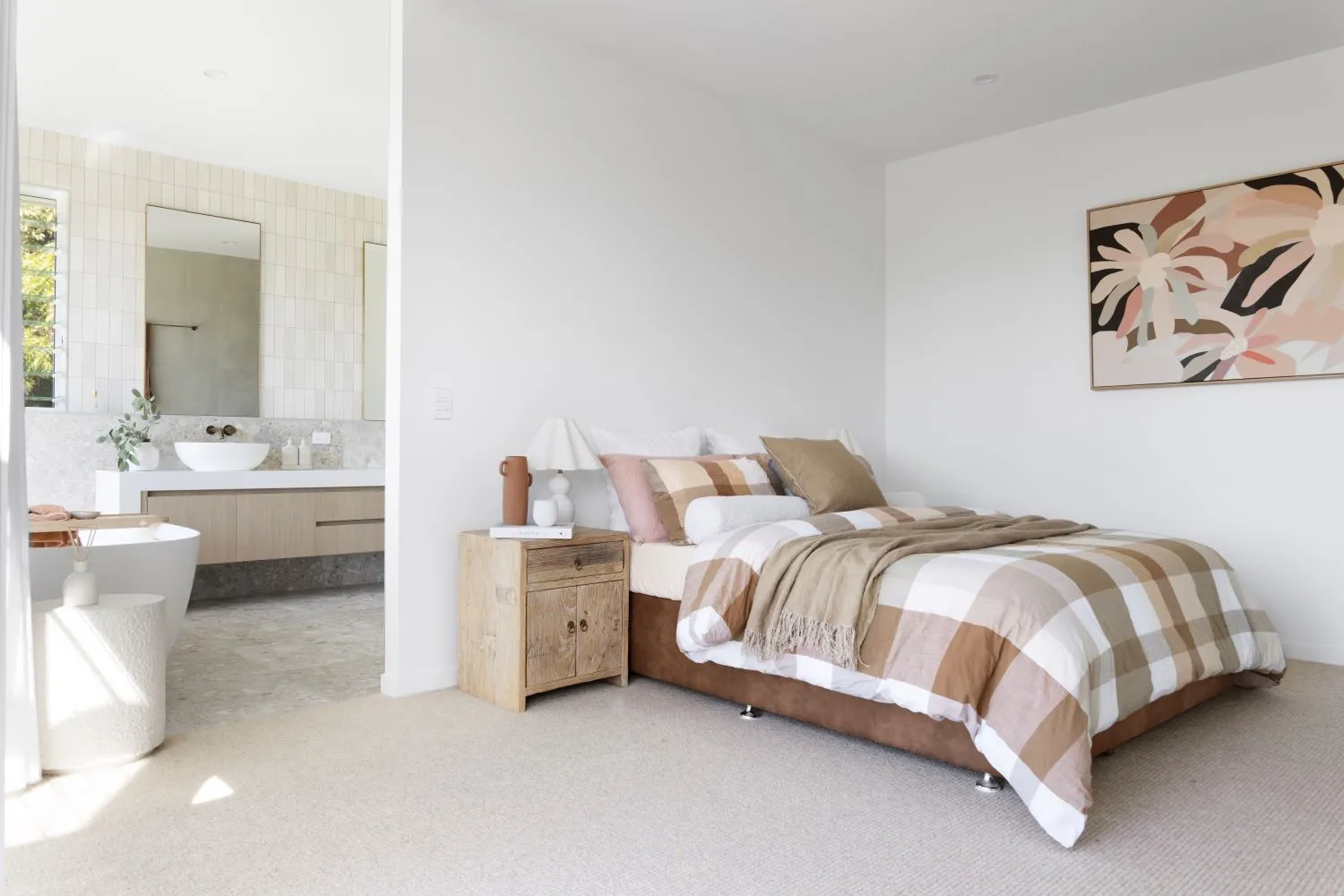 Image Credit: @mulberry_manor | Villa Styling
Image Credit: @mulberry_manor | Villa Styling
2. Choose a Style
Knowing which styles you love and creating a consistent theme through them will help your home feel more cohesive. It also gives you a great starting point for inspiration. You can put the name of your favourite styles into Pinterest or Instagram and fine thousands of gorgeous homes to pull inspiration from.
Some popular styles to consider include:
Give them a try and see if you can find a style that calls to you.
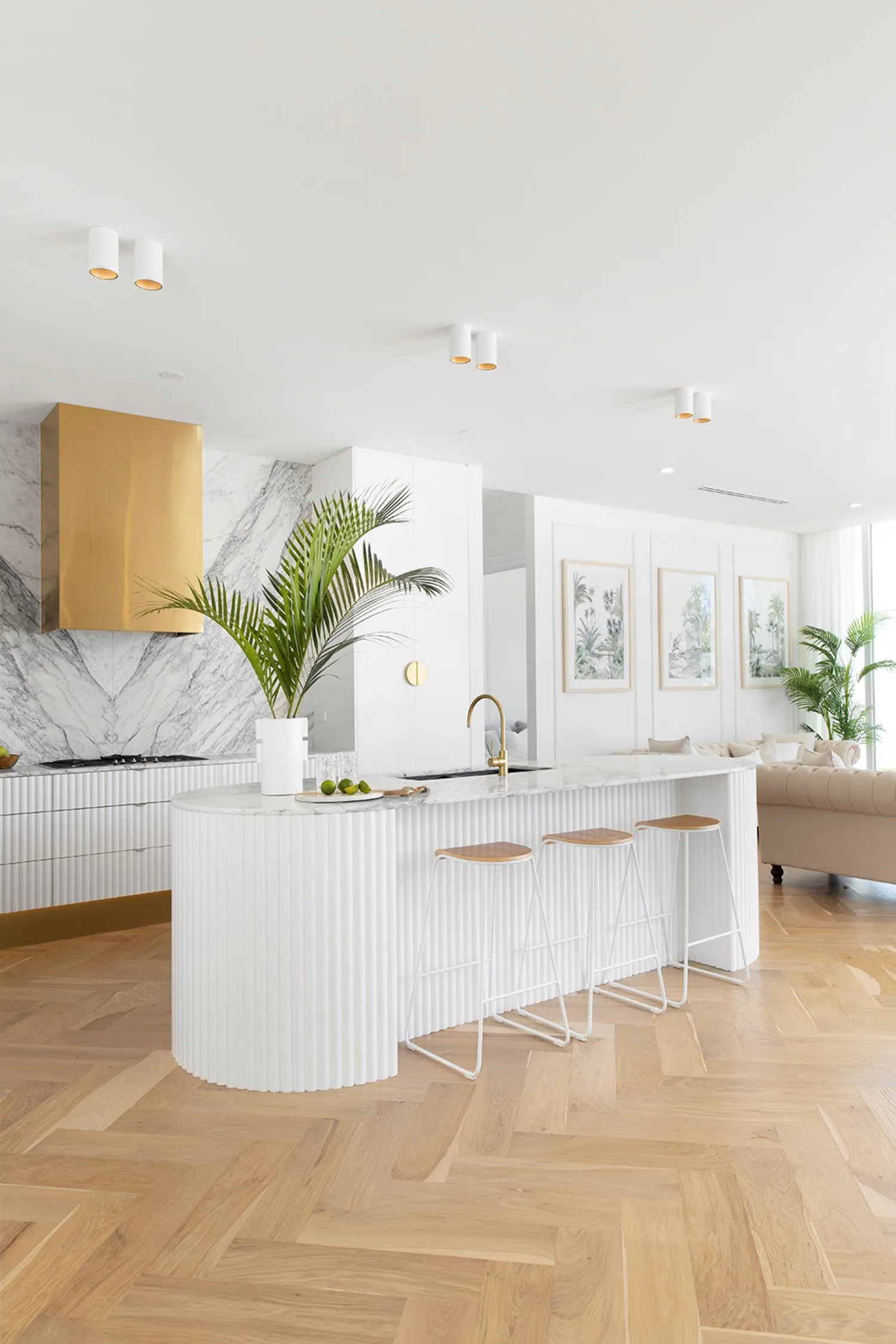 Image Credit: @smout_property | Villa Styling
Image Credit: @smout_property | Villa Styling
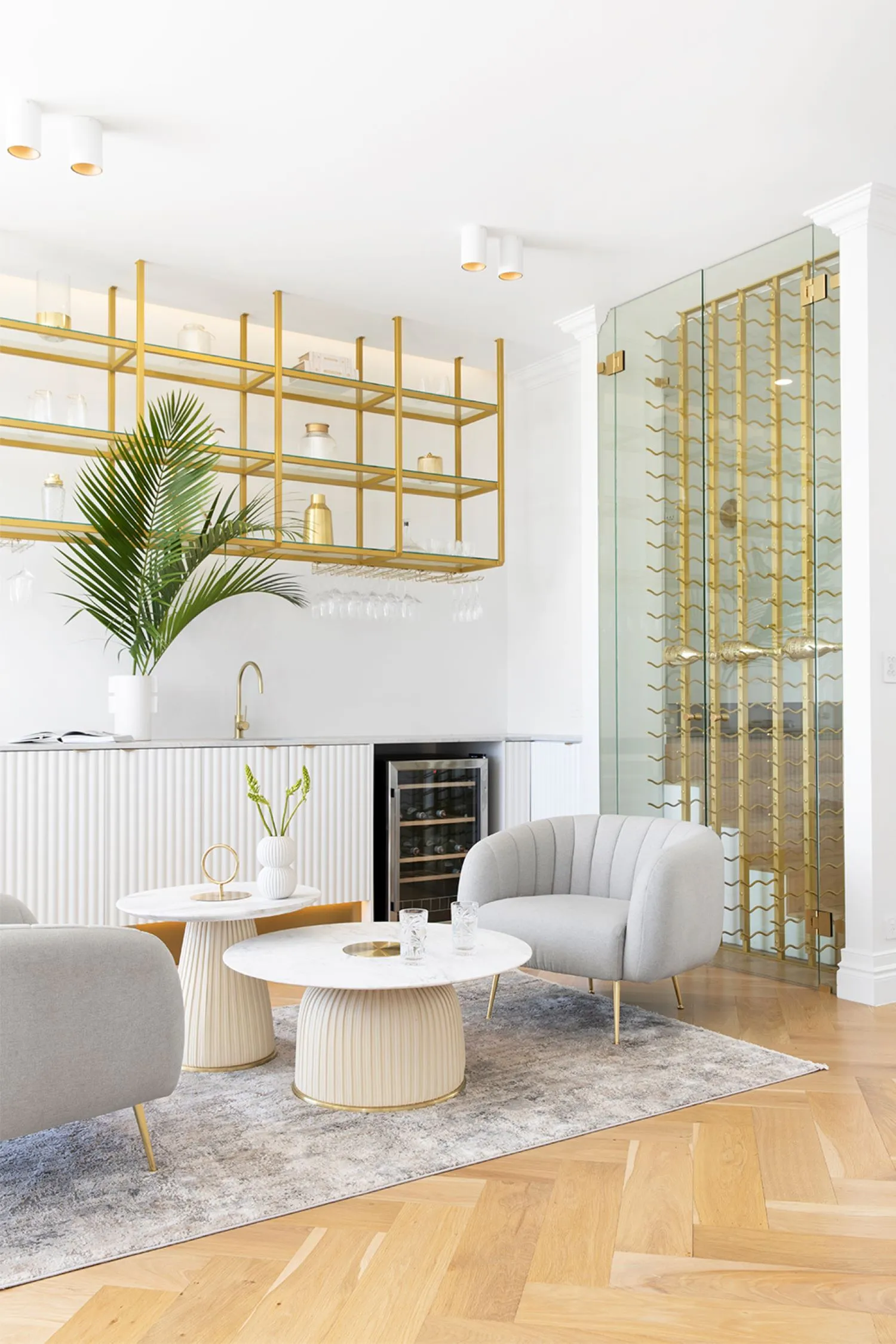 Image Credit: @smout_property | Villa Styling
Image Credit: @smout_property | Villa Styling
3. Use Repetition
Repeating some of your favourite elements across rooms is a great way to make your rooms feel more cohesive. Try repeating materials, paint, colours, or textiles across different rooms to create a connection between rooms.
A light fitting that you installed in your living room, like the Bonnie Glass Hanging Light, can be repeated in your master bedroom or other living spaces. The bold colour you used for your front door can be repeated in the entryway on a table, to follow you as you enter the house. Tile accents in your ensuite can be repeated in other bathrooms, or your laundry, in different ways.
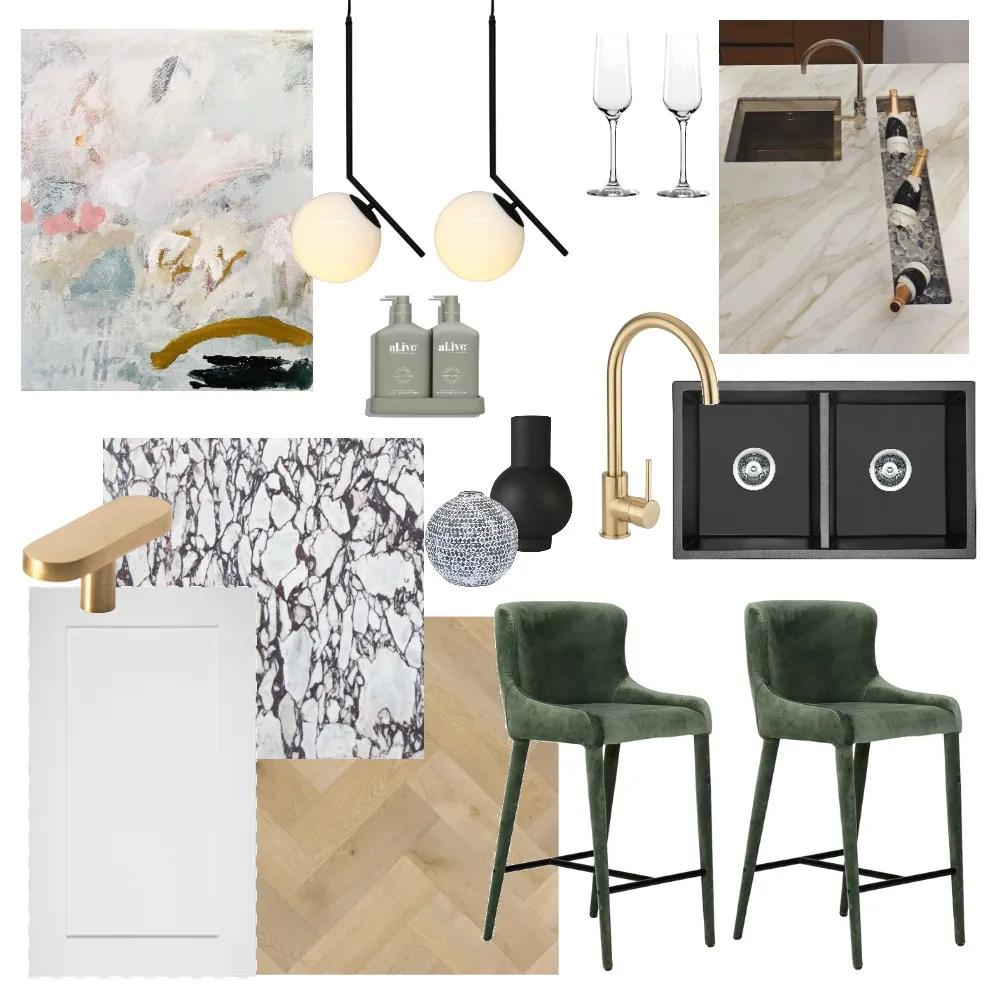 Mood board credit by Eliza Grace Interiors, on Style Sourcebook, view mood board here.
Mood board credit by Eliza Grace Interiors, on Style Sourcebook, view mood board here.
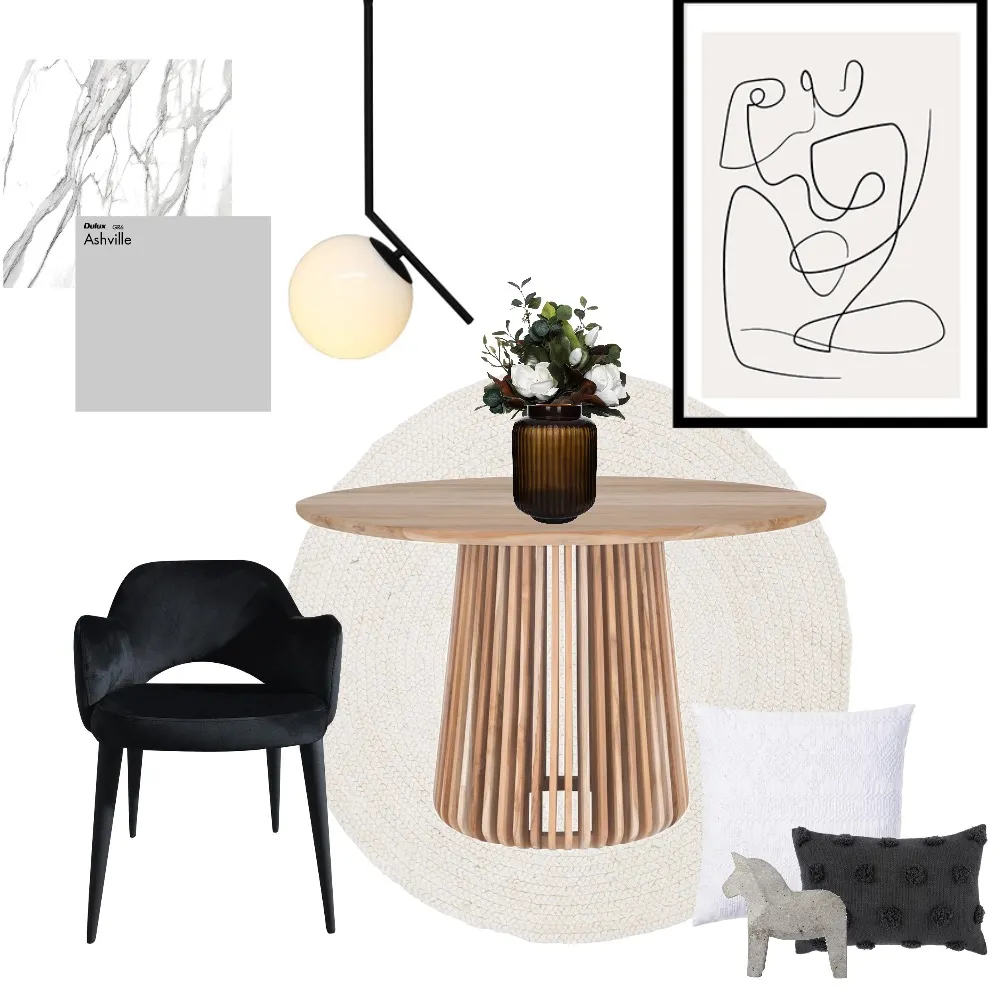 Mood board credit by Autumn & Raine Interiors, on Style Sourcebook, view mood board here.
Mood board credit by Autumn & Raine Interiors, on Style Sourcebook, view mood board here.
4. Treat Open Spaces Similarly
Open-plan spaces are interconnected and within eyesight of each other, which makes them difficult to design. To avoid clashing ideas, and ensure cohesiveness, you need to design the space together. Use repetition through elements like cabinetry, fittings, and flooring so that the open space flows together. Use unique elements in each, like different rugs, to define each space individually.
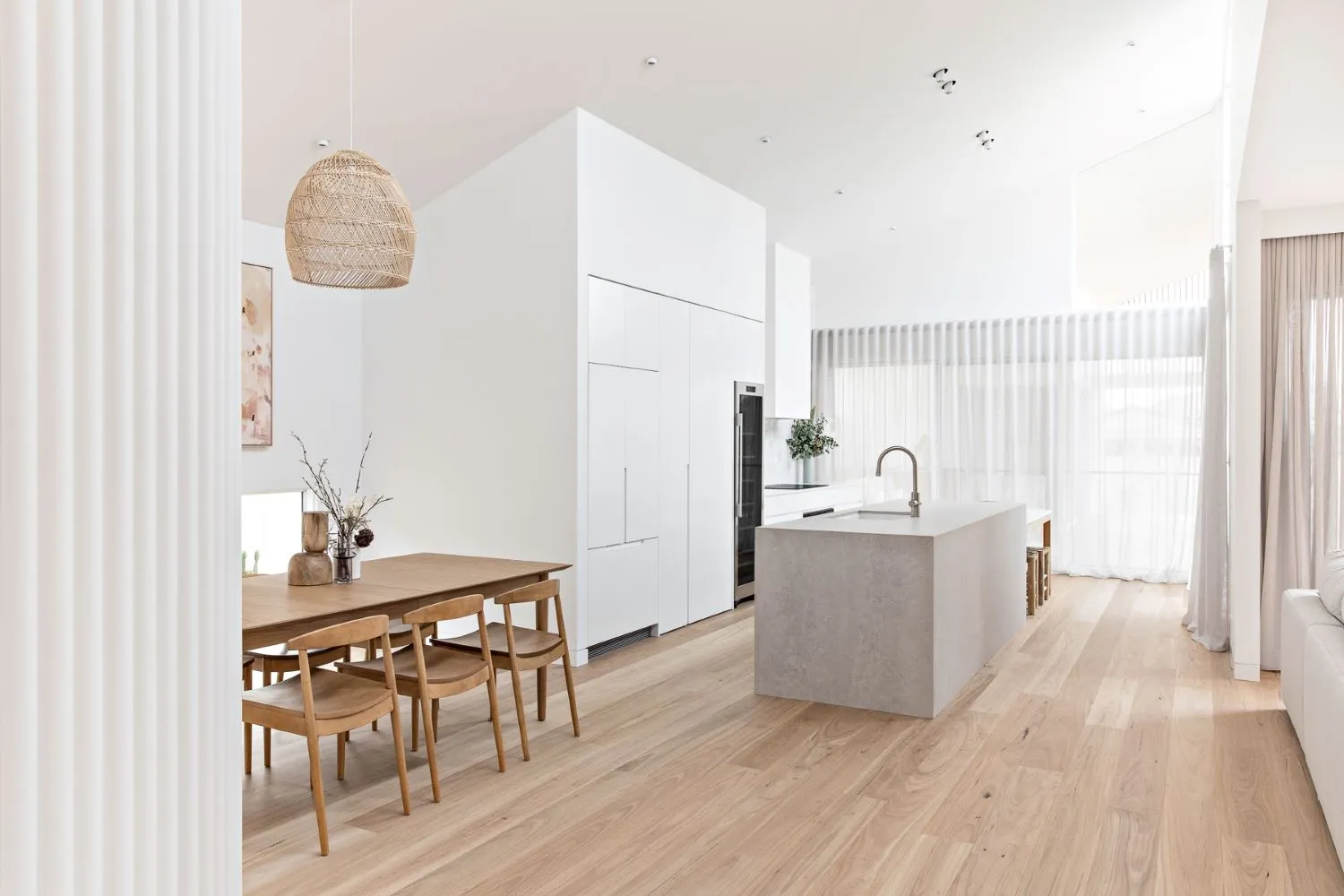 Image Credit: @orton.haus | Nat Spada
Image Credit: @orton.haus | Nat Spada
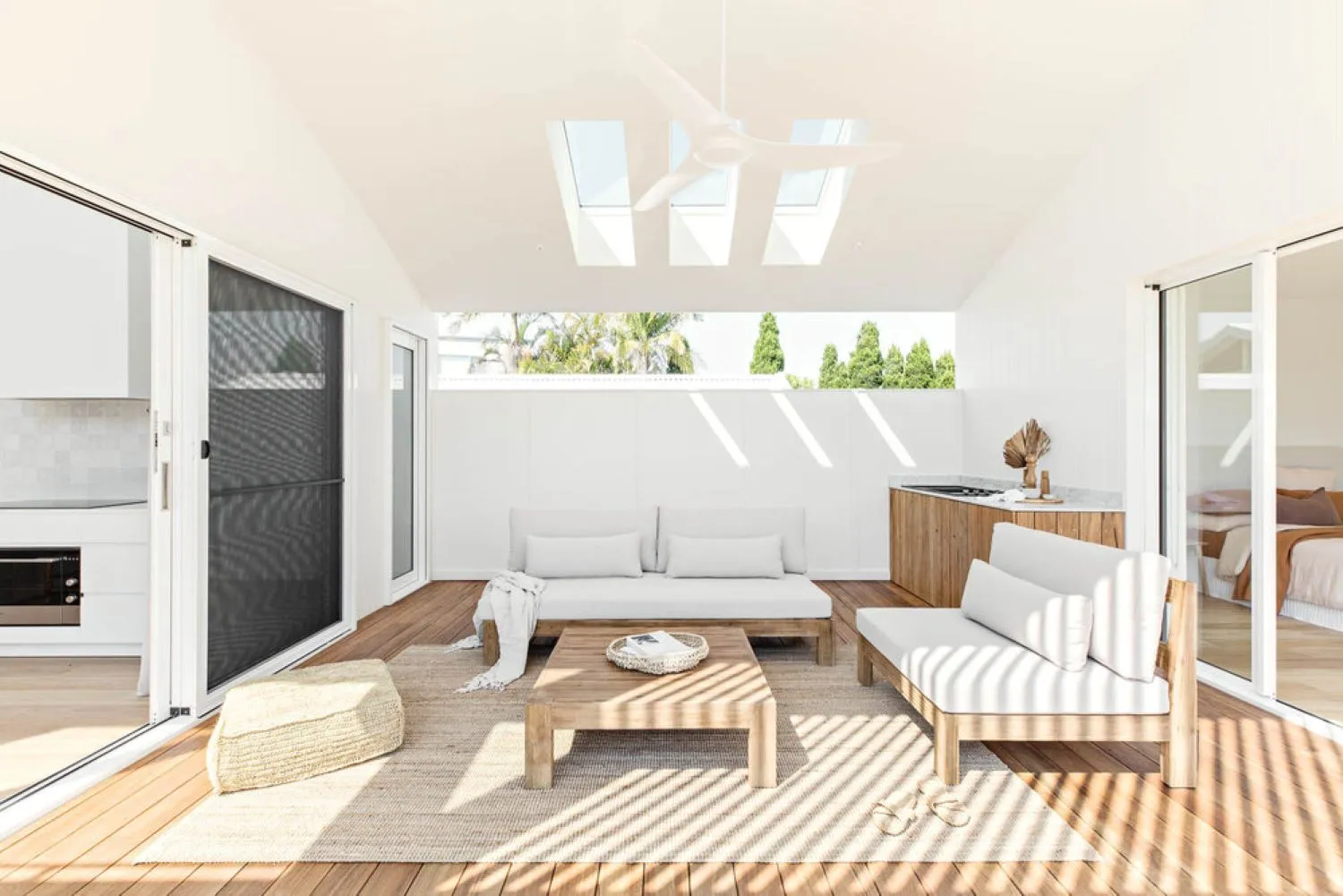 Image Credit: @orton.haus | Nat Spada
Image Credit: @orton.haus | Nat Spada
5. Choose Cohesive Finishes
Have your favourite materials and textiles act as a common thread throughout your home. Be careful not to become too “matchy-matchy”. It’s better to use these materials and textures subtly so you can maintain the uniqueness of each room. Maybe you want to place rugs in each room. Rather than using matching rugs, take a common material or texture and ensure each rug has it, while keeping its individuality. Similarly, across your bathrooms and laundry, if you chose marble, repeat the marble but in different ways. Maybe one room has a marble bench, while another has a marble splashback.
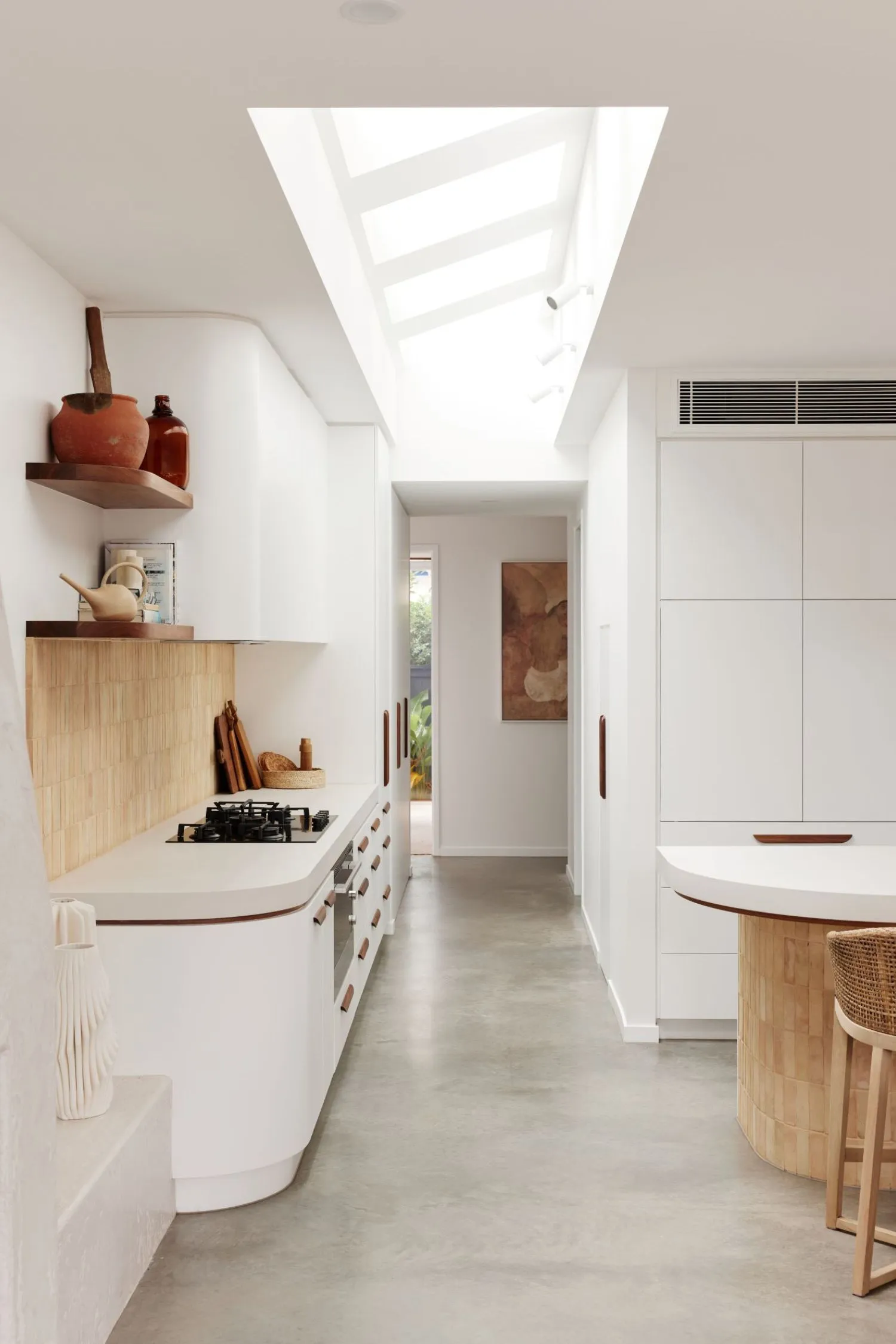 Image Credit: @thedesignory | The Quarter Acre
Image Credit: @thedesignory | The Quarter Acre
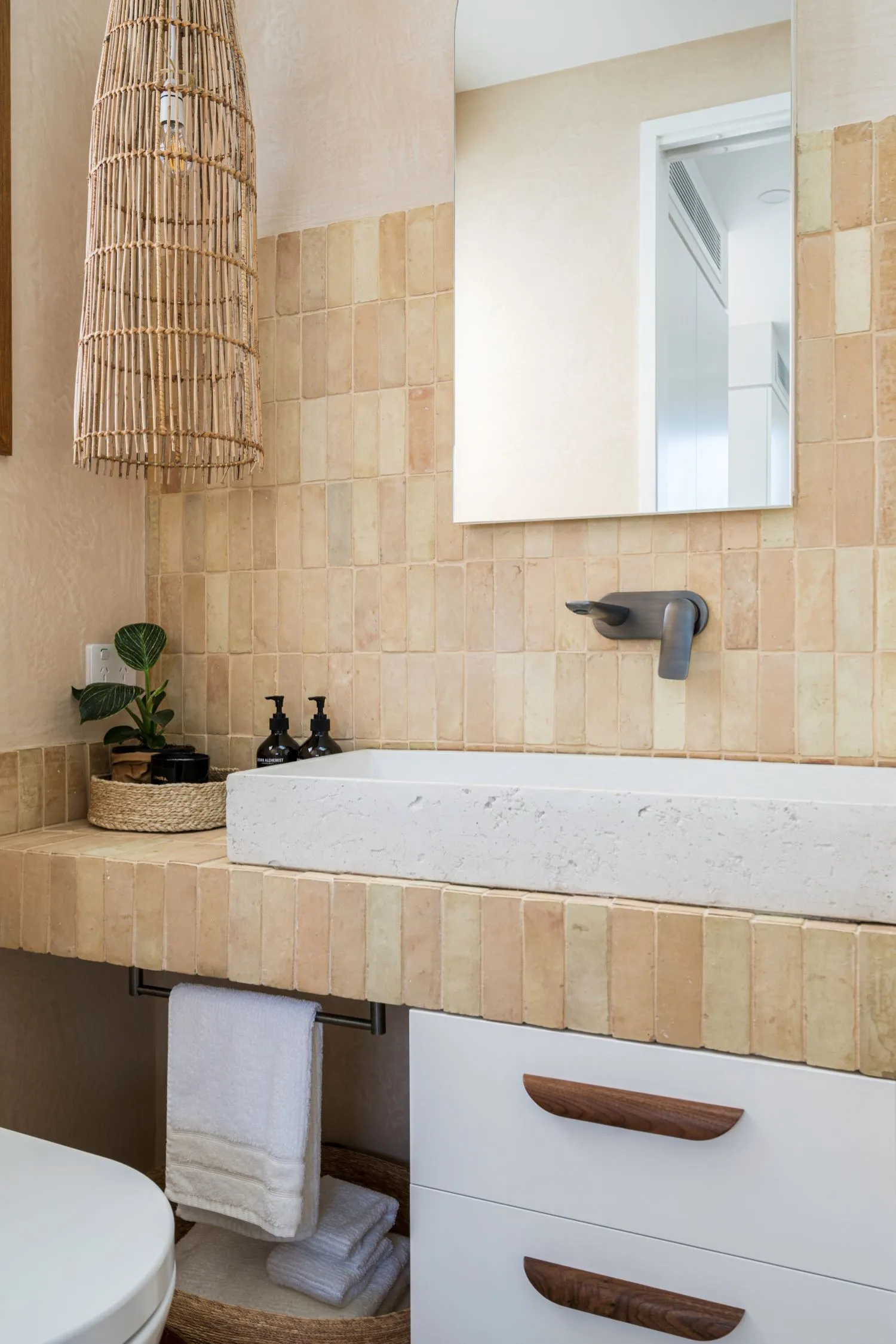 Image Credit: @thedesignory | Simon Hunter Photography
Image Credit: @thedesignory | Simon Hunter Photography
6. Use Consistent Flooring
Each room should use consistent flooring to ensure flow through each room. This is especially true for open spaces, where you want each space to flow into the other. Your bathrooms, mudrooms, and laundry rooms can have different flooring from the rest of your home, but even consistency here is important. You can differentiate each space using rugs, accent features, and more. This allows you to be more creative with how you use colour and texture in your space, as the flooring will act as a neutral backdrop.
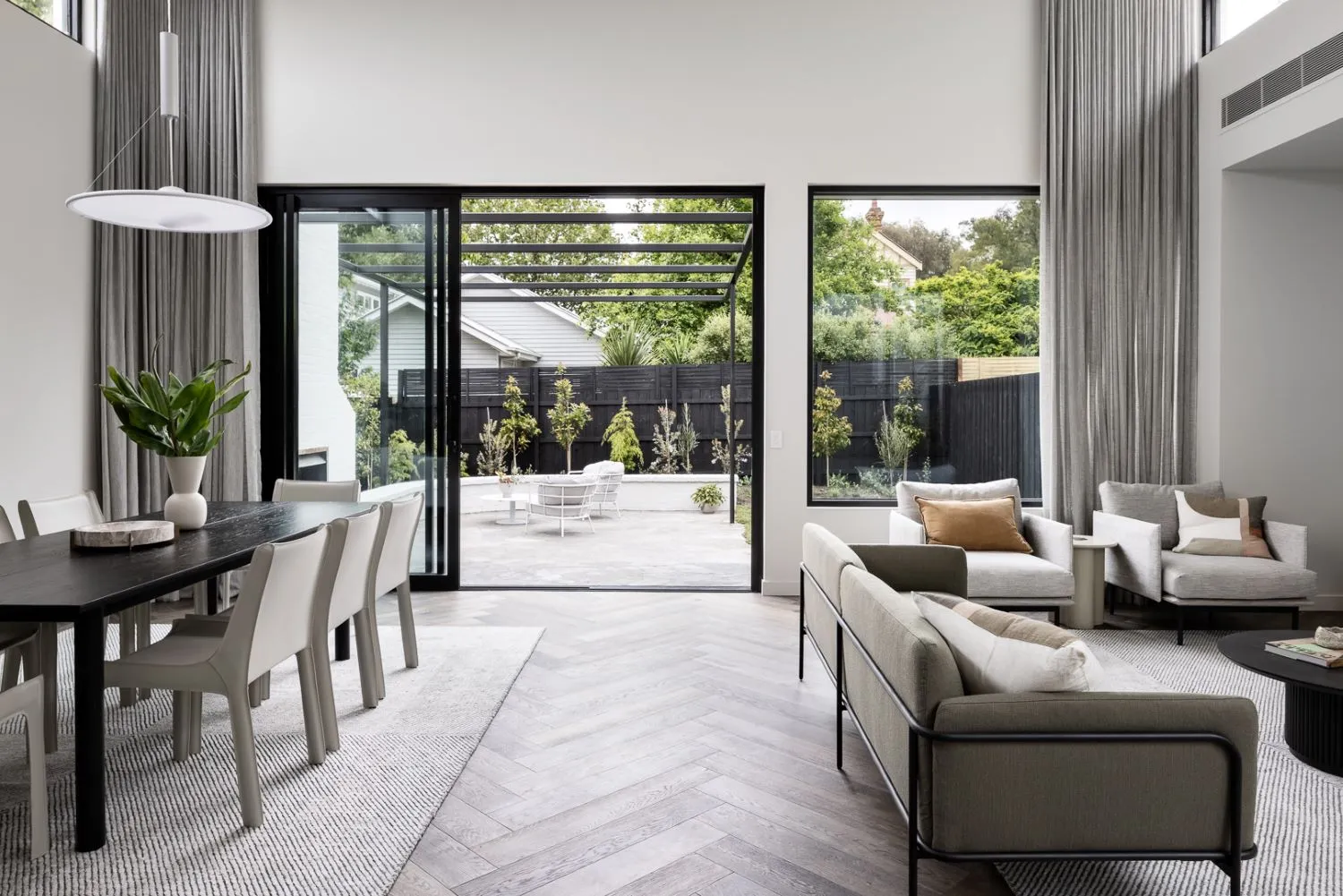 Image Credit: BuildHer8 Team from BuildHer Collective | Dylan James Photography
Image Credit: BuildHer8 Team from BuildHer Collective | Dylan James Photography
7. Add Contrast
Contrast is a great way to let each of your rooms shine, while remaining cohesive. It’s an important element to include in each room to avoid duplicating a room. Repetition is effective for creating cohesion but copying and pasting rooms is never a good idea. Giving each bathroom the same vanity, tile and counters ends up looking boring, rather than cohesive.
To add contrast, use different patterns, tilings, or textures across different rooms. Take advantage of your accent colours, using them in a creative way across each room. These subtle changes will make a huge difference, keeping each room unique and cohesive at the same time.
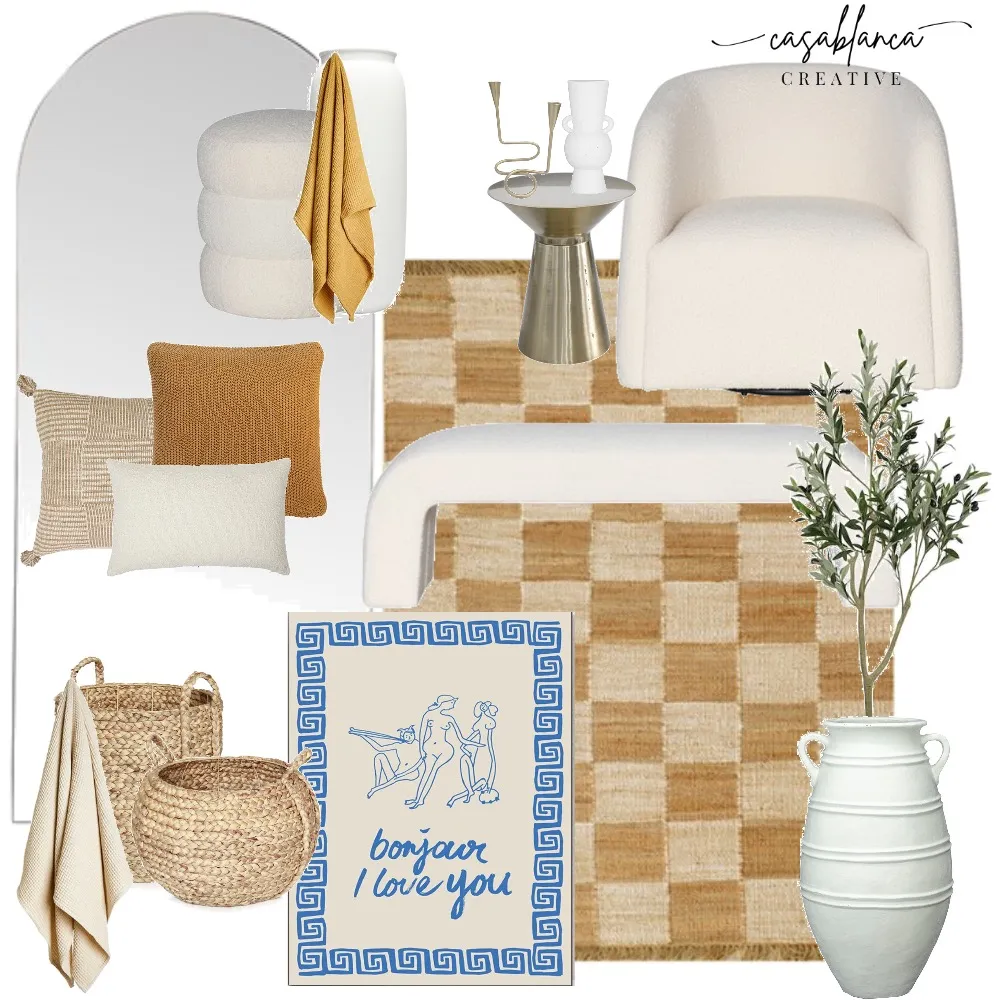 Mood board credit by Casablanca Creative, on Style Sourcebook, view mood board here.
Mood board credit by Casablanca Creative, on Style Sourcebook, view mood board here.
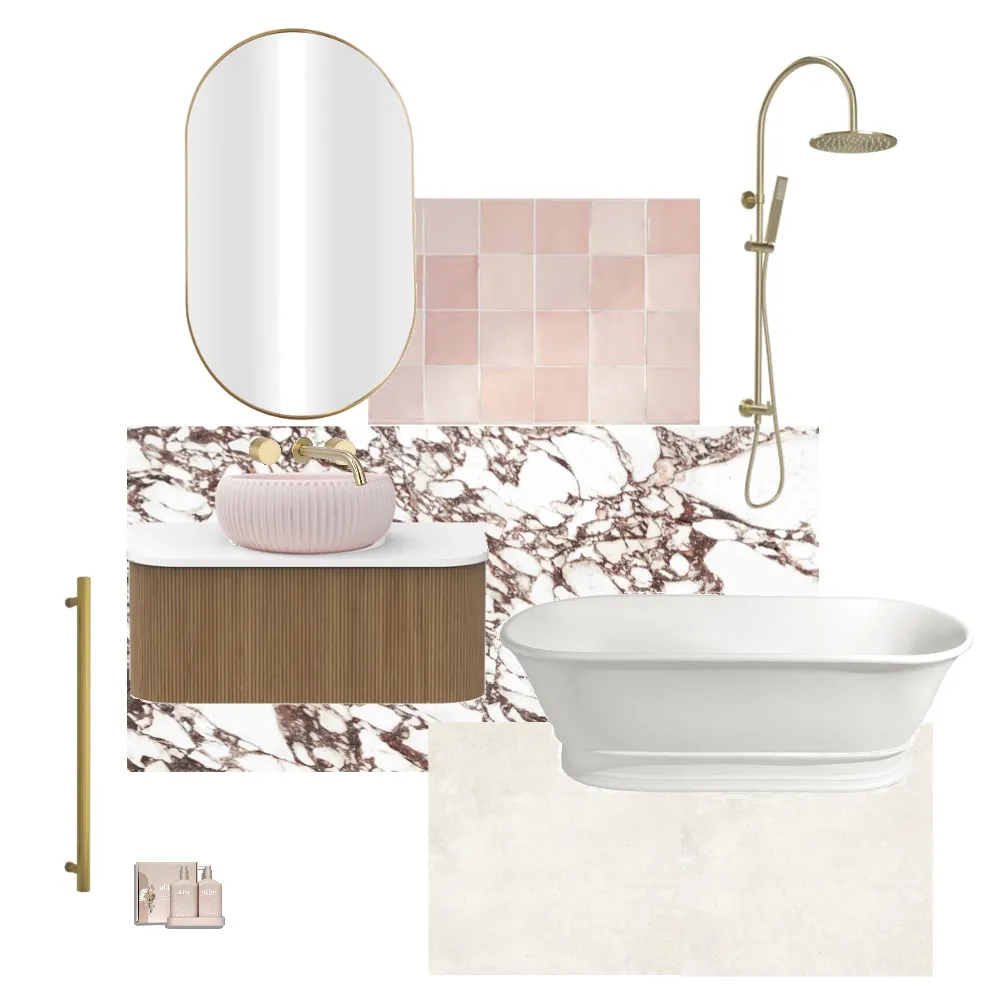 Mood board credit by KH Designed, on Style Sourcebook, view mood board here.
Mood board credit by KH Designed, on Style Sourcebook, view mood board here.
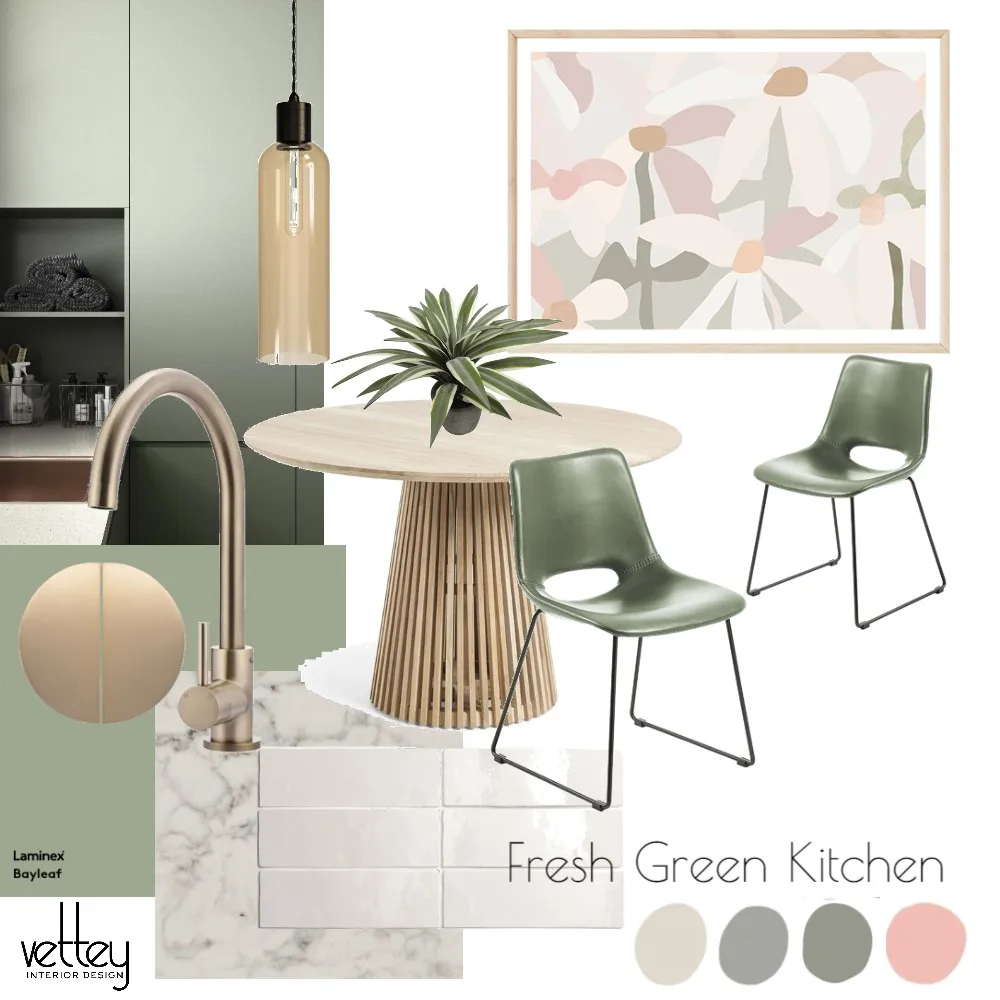 Mood board credit by Vettey Interior Design, on Style Sourcebook, view mood board here.
Mood board credit by Vettey Interior Design, on Style Sourcebook, view mood board here.
Feeling inspired? Make your home cohesive across rooms with our mood board tool.

